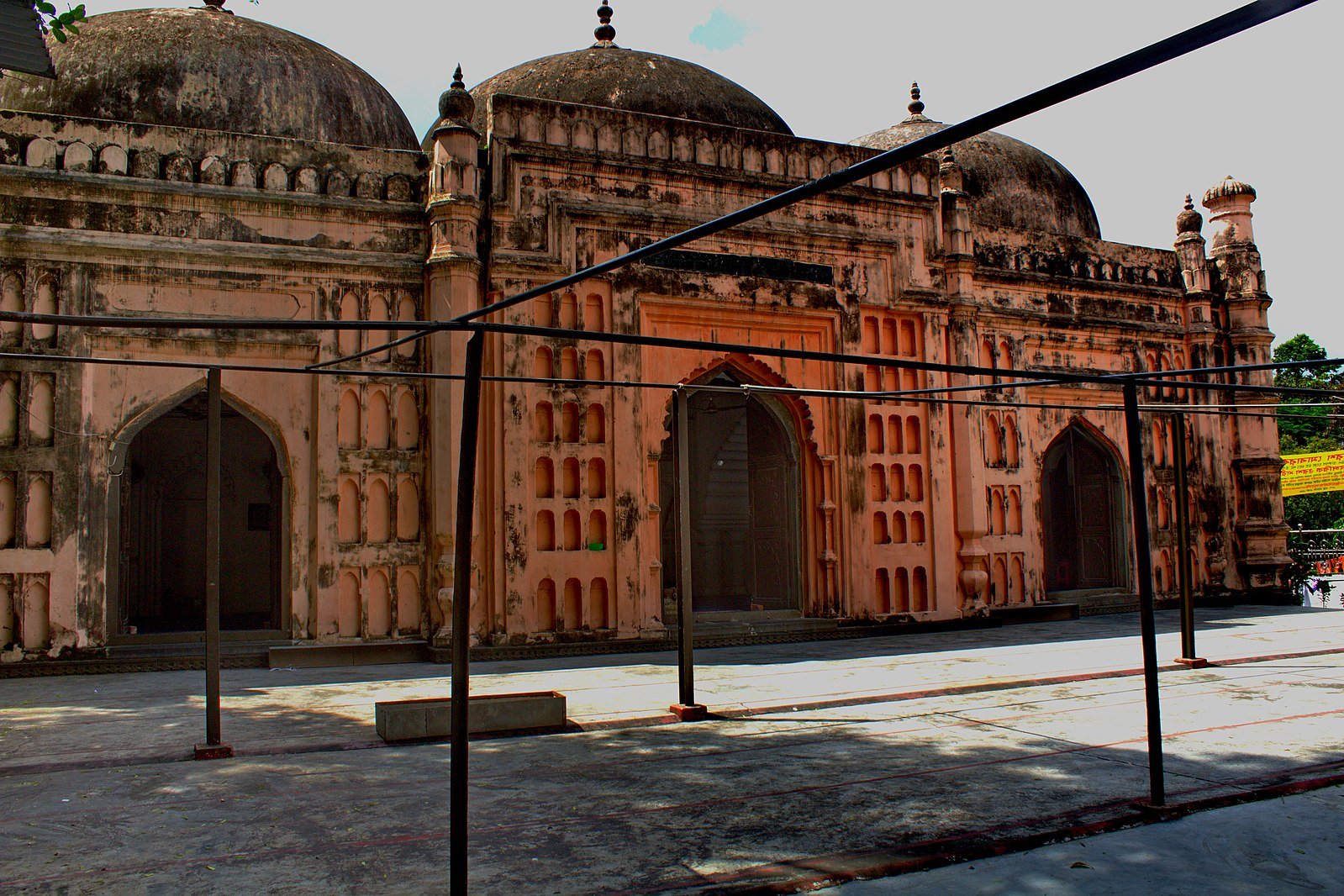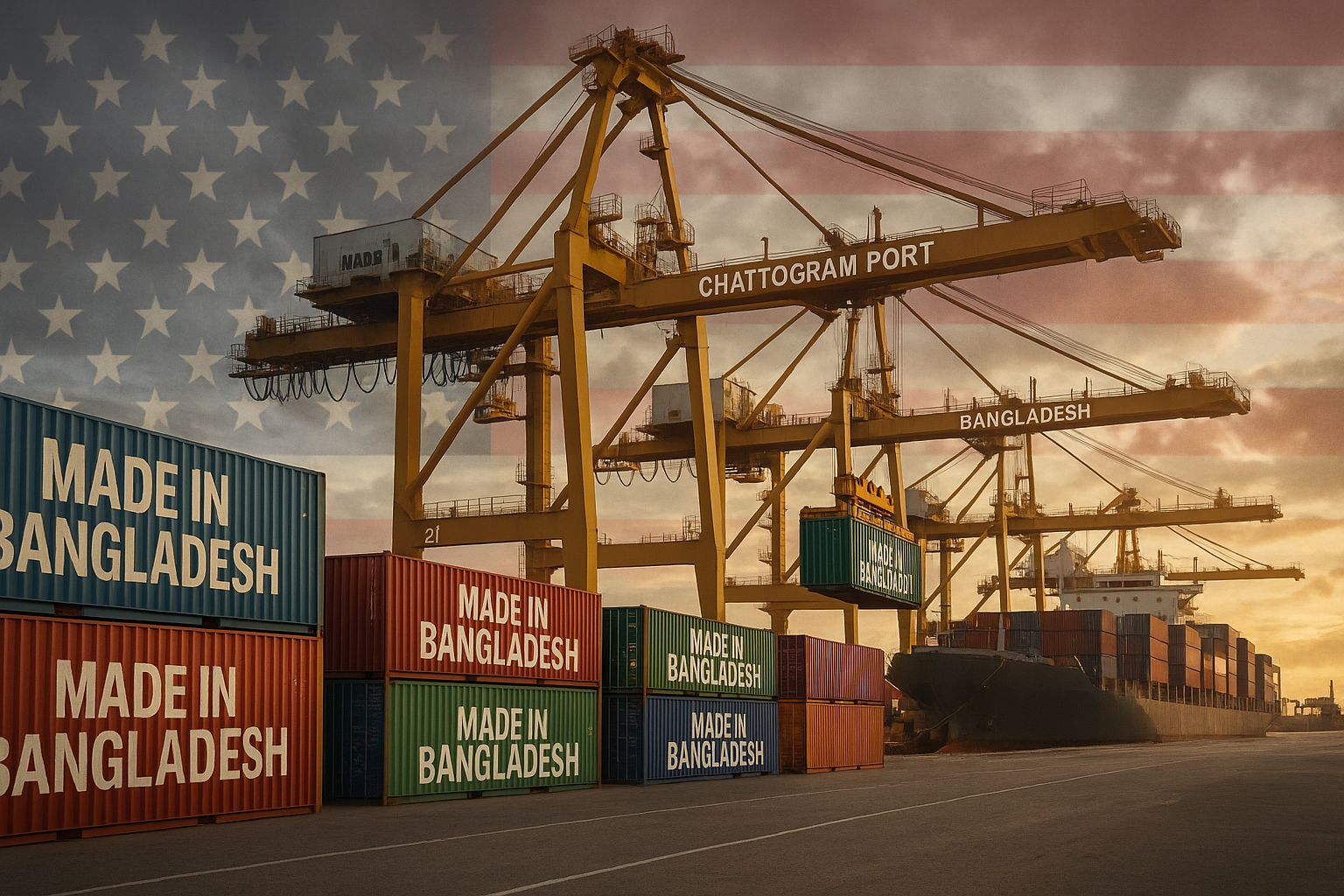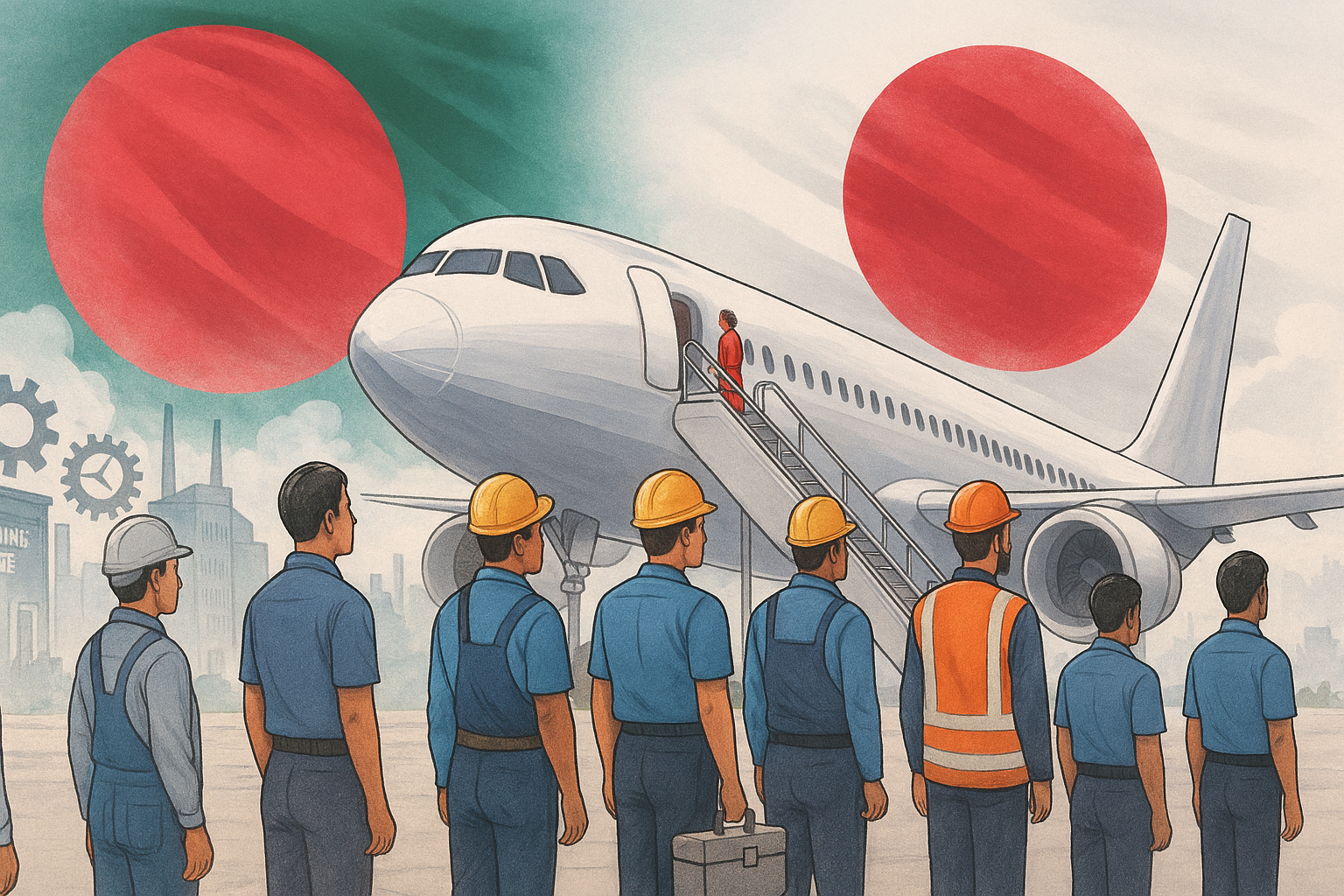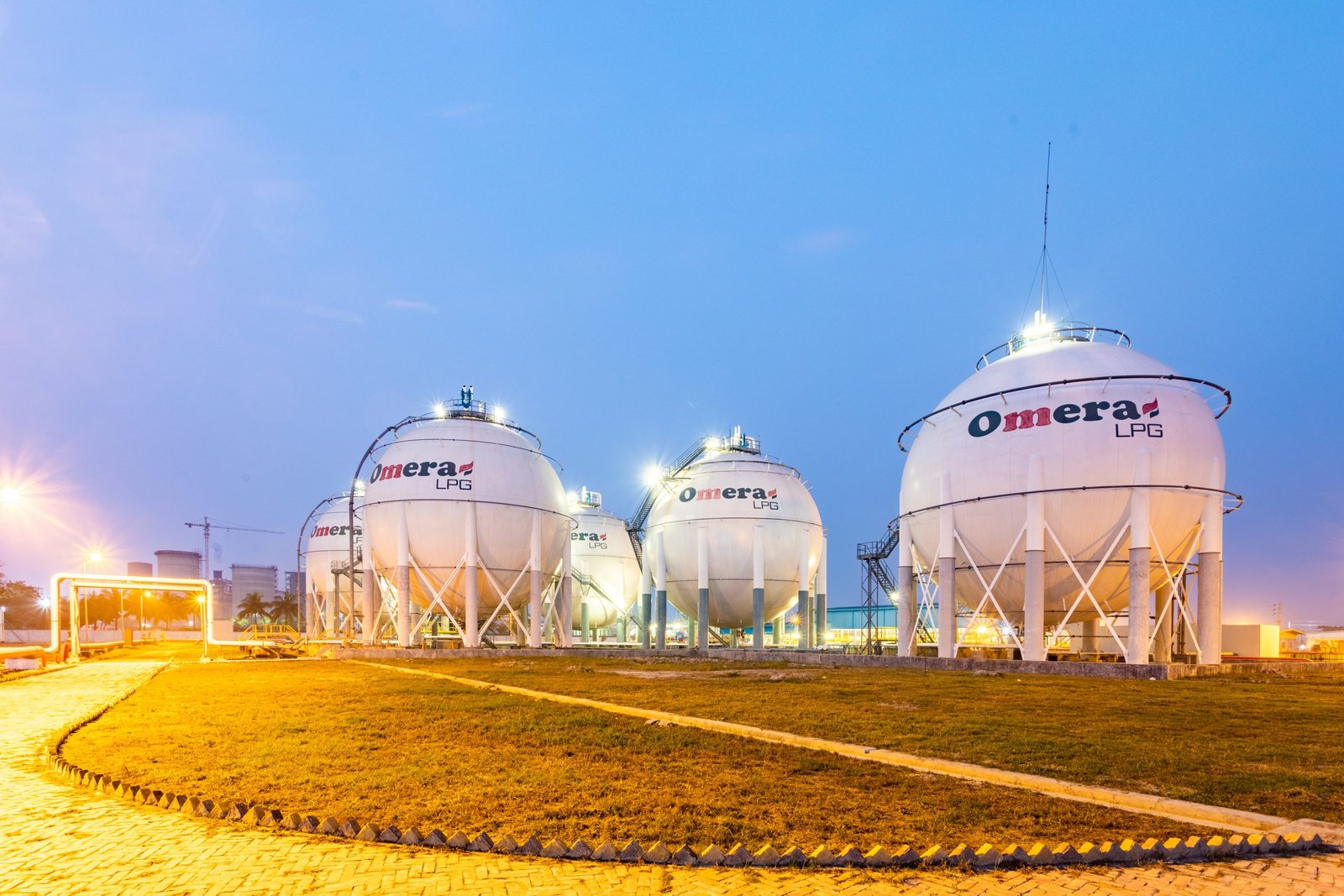Powerful Leap in Biman Fleet Renewal

A New Era for Bangladesh’s Sky Ambitions
Bangladesh’s national carrier, Biman Bangladesh Airlines, is stepping into a new era of aviation growth. The airline plans to more than double its current fleet within the next decade. Reports show that Biman aims to increase its fleet from 21 aircraft to 47 by 2034, marking a growth of over one hundred percent.
This expansion represents more than a numerical goal. It reflects Bangladesh’s growing ambition to become a regional aviation hub. With rising travel demand, rapid urbanization, and a thriving middle class, the Biman fleet renewal initiative could redefine the country’s aviation landscape.
Why Fleet Renewal is Crucial for Biman
Fleet renewal means more than just buying new planes. It is about improving performance, saving fuel, and delivering better experiences for passengers. For Biman, this process is essential to remain competitive and profitable.
Today, Biman operates a combination of aircraft that includes Boeing 737-800s, 777-300ERs, and 787 Dreamliners, as well as several smaller Dash-8 aircraft. See current details here. Some of these aircraft have been in service for more than a decade, and their maintenance costs continue to rise.
According to aviation experts, the average daily use of Biman aircraft remains low compared to global standards. Learn more here. Updating to modern, fuel-efficient aircraft can help increase flight hours, improve reliability, and enhance passenger comfort. It can also support new destinations that require long-range capability.
Airbus Steps into the Competition
For decades, Biman has relied heavily on Boeing. Now, Airbus has joined the competition with a proposal that could reshape the airline’s future. Read more here.
Recent reports suggest Biman has shown strong interest in Airbus aircraft after discussions between European envoys and Bangladesh officials. Airbus has offered wide-body and narrow-body aircraft suited for both regional and international routes. The proposed list includes A350 wide-body jets and A320neo narrow-body planes.
Biman’s management has publicly confirmed that the airline is considering both Airbus and Boeing proposals before finalizing the renewal decision. View analysis here.
This competition is a healthy sign for the national carrier. It allows Biman to negotiate better financing terms and technology transfer opportunities while avoiding dependence on a single manufacturer.
Numbers Behind the Renewal Plan
Biman’s long-term goal is to expand its fleet by at least 26 new aircraft by 2034. Get full data here.
Earlier evaluations of the Airbus A350 model raised concerns about financial feasibility due to high training and maintenance costs. Read findings here. However, new export credit facilities and European financial backing could make the deal more affordable this time.
Airbus forecasts that Bangladesh will need around 160 new passenger aircraft by 2042 to meet the country’s growing demand. Explore report here. If Biman secures a fair share of that growth, it will become one of South Asia’s fastest-expanding airlines.
The focus keyword Biman fleet renewal highlights this transformation. It is not just a purchase decision but a strategic investment in the country’s aviation future.
Benefits of Fleet Renewal for Biman
Renewing the fleet brings multiple advantages.
Operational efficiency improves significantly because new aircraft use less fuel and need fewer repairs.
Route expansion becomes easier. With new long-range aircraft such as the A350 or Boeing 787-9, Biman can open flights to new destinations including New York and Sydney. Learn about routes here.
Diversification strengthens Biman’s resilience. A mixed fleet reduces risk from production delays or technical problems with any single manufacturer.
Passenger comfort improves as newer aircraft come with quieter cabins, wider seats, and advanced entertainment systems.
Sustainability goals also benefit since modern jets emit fewer greenhouse gases. This helps align Biman with international environmental standards.
Brand reputation gets a strong lift. When travelers see new aircraft and better service, confidence grows in Biman’s reliability and professionalism.
Challenges and Risks of the Renewal
Every opportunity brings challenges. For Biman, the road ahead includes several.
Financial cost remains the biggest concern. Modern wide-body jets cost hundreds of millions of dollars each. Unless well financed, large orders can burden the airline’s balance sheet.
Fleet complexity can increase expenses too. Managing both Airbus and Boeing aircraft means separate training programs, maintenance systems, and spare parts. Read about operational risks here.
Delivery delays may also affect growth. Biman officials have stated that new aircraft are unlikely to arrive before 2031 due to global supply chain pressure. See more here.
Procurement transparency is another factor. The European Union has urged Bangladesh to maintain fair competition in aviation deals to ensure equal treatment for all partners. Read statement here.
Market uncertainty remains a long-term challenge. Global fuel price changes, regional competition, and new regulations could impact the profitability of Biman’s renewal strategy.
Aviation Growth and National Impact
Fleet renewal has national importance. Bangladesh’s aviation sector supports trade, tourism, and foreign employment. Millions of Bangladeshi expatriates travel home every year, and efficient air connectivity is vital.
Airbus has noted that Bangladesh’s air travel demand could grow more than four times within the next two decades. Check forecast here. Expanding Biman’s fleet will help capture this growth and ensure that domestic carriers remain competitive against foreign airlines.
It will also strengthen Bangladesh’s reputation as an emerging aviation hub in South Asia. The development of new airports and cargo facilities will further support this vision.
With a modern fleet, Biman can boost exports, expand tourism, and provide better logistics for regional and global trade. That means fleet renewal directly contributes to the country’s economy and international image.
Looking Ahead to 2034 and Beyond
Over the coming decade, several developments will determine the success of the Biman fleet renewal plan.
The first will be the signing of official contracts with Airbus or Boeing. Each deal will reveal the cost, financing plan, and delivery schedule. The second will involve decisions about phasing out old aircraft. This must happen smoothly so operations remain uninterrupted.
Biman is expected to continue exploring partnerships with leasing companies for flexibility. Leasing allows airlines to add capacity without massive upfront costs. See example here.
The airline’s future routes will also be worth watching. New aircraft could help reopen routes to New York, expand to Europe, and add direct flights to destinations in East Asia and Australia.
Success will depend on careful planning, transparent procurement, and smart route management. The renewal will only reach its full potential if Biman maintains high aircraft utilization and cost discipline.
A Strong Step Toward the Future
The Biman fleet renewal project reflects the confidence of a nation ready to rise higher. For decades, Bangladesh’s flag carrier struggled with limited aircraft, operational issues, and competition from regional airlines. Now, the airline has a real chance to reinvent itself.
A successful renewal will modernize operations, attract partnerships, and inspire passenger trust. It will also help position Bangladesh as an aviation hub connecting South Asia to Europe and the Asia Pacific region.
The coming years will decide how effectively Biman balances growth with responsibility. A smart mix of Boeing and Airbus aircraft could be the key to a stronger and more flexible future.
The sky ahead looks bright for Bangladesh’s aviation story. The success of Biman’s renewal plan will not just transform one airline but could lift the nation’s connectivity, economy, and global standing.







